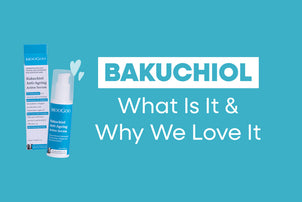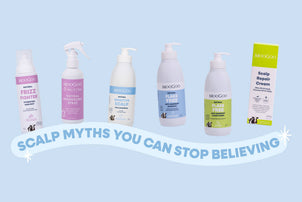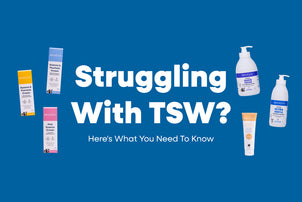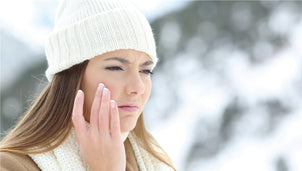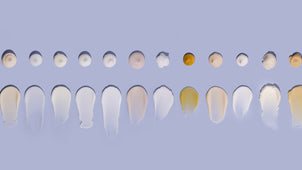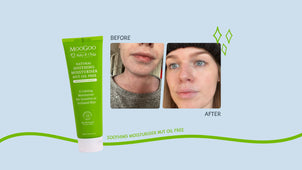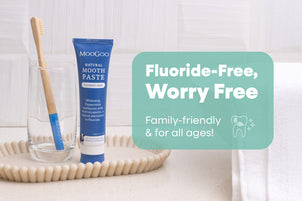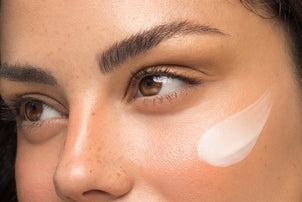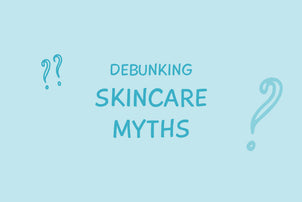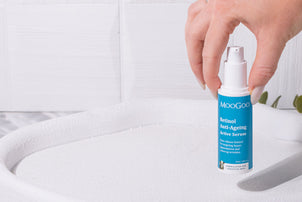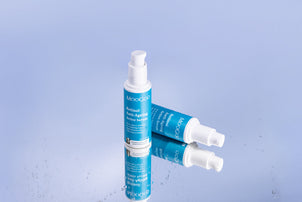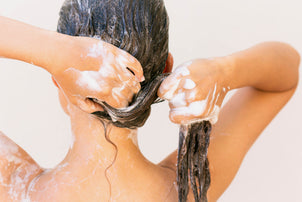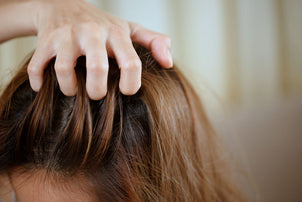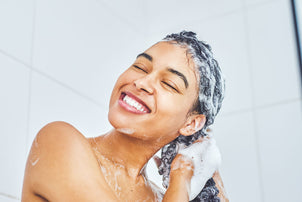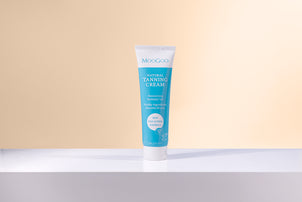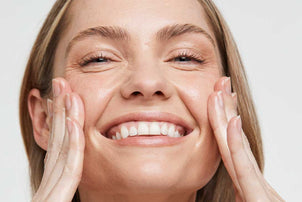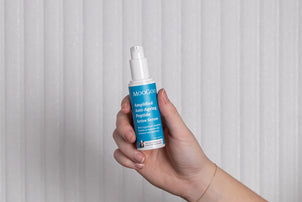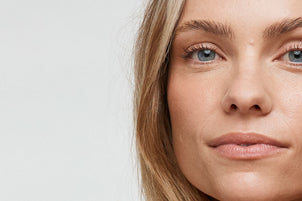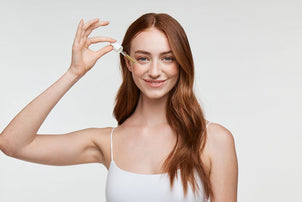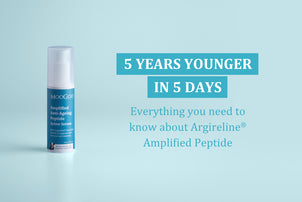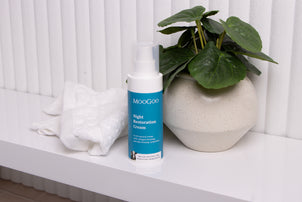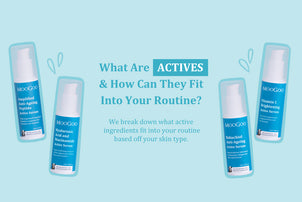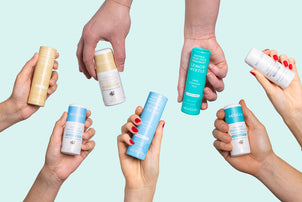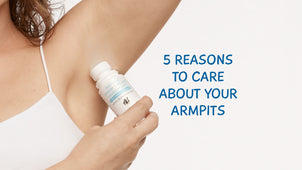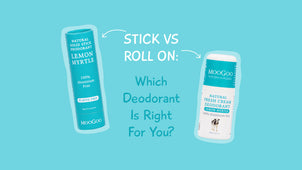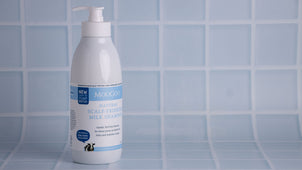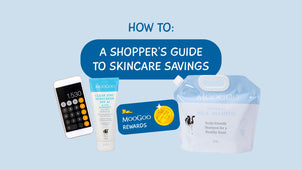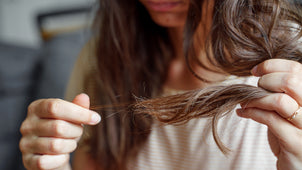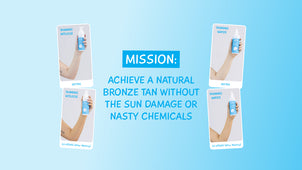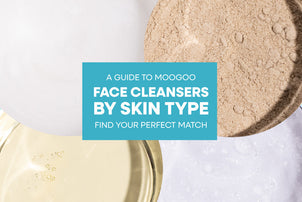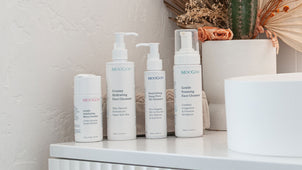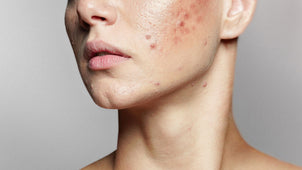
The Trade-off for Natural Products
We spend a lot of time talking to our customers; we’ve always been like that. They’re the ones that tell us where we can improve, the things they love and what products they want us to make next. Many of questions we receive are about the effectiveness of natural products, and how they'll be different than the products they're currently using. As more people look to switch to more natural options, we noticed that often they don’t know what they’re in for.
When switching to natural products, some people have no problem ditching their conventional counterparts. Then there are others that try to switch but ended up switching back to what they’re used to. A lot of the problem comes from people expecting natural products to work and feel exactly like the commercial products they've used for years. When this expectation isn’t met, it’s common to think that natural products don’t work (which unfortunately, can sometimes be the case) and it's often easier (and cheaper) to give up and switch back. After a while, through our conversations with customers, we started to see a few trends, so we thought it would be a good idea to outline the main differences between the commercial products you may have used for ages, and our natural ones.

Shampoo
Switching to a natural shampoo is one of the best things you can do for your hair and scalp. Most commercial shampoo products are made with synthetic detergents that not only wash your hair but are responsible for the epic foaming action you get when you lather up. SLS (Sodium Laureth Sulfate) is one of the main ones you’ll come across, but there are others to keep an eye out for, usually big words ending in –fate. These can be quite harsh on your head, often leaving hair dry and brittle, and scalps tight and itchy. Naturally derived cleansing ingredients get the cleaning job done and are way gentler on the hair and scalp, not to mention so much better for the environment when they’re washed down the drain. But all hair washers should also know that the foam and suds created by natural cleansers is noticeably less than that for the commercial creation. This means a little more agitation is required to build up the lather. Think of it like an excuse for a head massage, or a mini arm workout. Your hair and head will thank you for the switch.

Conditioner
Switching to a natural conditioner is a bit easier than shampoo. The difference here will be the ingredients that give your hair that silky feeling, and again, what you’re washing down the drain. Silicone is the main ingredient used in most conditioning products, and you’ll find them by looking for words that end in –cone on the back of your product labels. But what’s wrong with silicone? While they detangle knots and make your hair feel like heaven, over time it can coat your hair and scalp and be difficult to get rid of. Enough of it can start to make hair feel limp and heavy, not to mention coating and irritating the scalp. Instead of slippery silicone, we only use natural ingredients like Jojoba Oil that give hair the same silky feeling and detangling action without the bummer of build-up. To be honest, the trade-off here is next to none and natural oils are also much better for the environment. Ever think about what happens to your wash products after they go down the drain? Natural oils break down quickly in the water system, silicones don't.

Body Wash
This one's very similar to shampoo as most commercial skin cleansing products are also made with synthetic detergents (again, SLS) that are responsible for the endless foam and bubbles. Just like hair, these can be quite harsh on skin, often leaving it stripped, dry and itchy. Naturally derived cleansing ingredients do a great job of keeping skin clean without being mean and help keep it hydrated, soft and s-MOO-th. Just like our shampoo and conditioner, a natural formula is much better for the environment when it’s washed down the drain. But we must warn you, natural ingredients don’t bring as much foam or bubbles to the table as the commercial versions you may be used to. Although they do the same job of cleaning, the perception can be that they don’t give the same ‘feeling’ of clean. This is because the skin isn’t left feeling squeaky and tight, which is generally what happens when the natural oils are stripped away. While we do love bubbles, we don’t love dry and distressed skin, so this is a trade-off we're happy to make.

Moisturiser
Being in the skincare business means we know a lot about ingredients. We help people make the switch to natural products, but many people don’t know what they’re switching away from. It’s not exactly common knowledge that most commercial moisturisers contain petroleum-based ingredients and penetration enhancers. To us it seems obvious; a cream made from the stuff you put in your car isn’t the best choice for your skin. But the reality is, it’s cheap to make and it’s cheap to buy, and it makes your skin feel moisturised by coating it, like silicone does to your hair. In the same way we prefer natural oils to hydrate our hair, they’re also our first choice for our skin. As for a trade-off, you won’t find one using natural oils, but be prepared to pay a little more for your products. Some natural ingredients can also make the colour and smell of your moisturiser a little different than you’re used to. For example, Raspberry Seed Oil is a dark, rich red colour. When mixed into a formula, if can cause the cream to be off-white or even a tan colour. Occasionally, customers contact us thinking their product has gone off, but that’s only because we’ve been trained to expect moisturisers to be white. Another ingredient we often use is Hops Extract. This is our natural preservation system, and if you know anything about Hops (think beer), they have an “earthy” smell. This smell is not a bad one, it's just not what most people are used to. We’ll gladly take an off-white, earthy-smelling cream over a stark white, synthetically preserved (and sometimes bleached) one any day of the week.

Deodorant
The biggest question we get about our natural deodorant is “Does it work?”. Well, that depends on what you mean by “work”. In comparison to antiperspirant products that stop you from sweating, then no, all natural deodorants don’t work. As a deodorant, by definition, it does the job of deodorising. Natural deodorants aren’t antiperspirants because clogging your sweat glands with aluminium to stop you from sweating isn’t exactly the most natural thing in the world. Whether a crystal, a paste, a stick or a roll-on, the effectiveness of a deodorant depends on how well it controls your smelliness. To do this effectively, we use an alkaline formula to control odour-causing bacteria from throwing a party in your pits. Since sweat itself is odourless and it’s the bacteria that causes the BO, preventing the bacteria from forming means preventing the smell! Other natural deodorants use essential oils, but many people find that they just mask the odour rather than addressing it, and they can be irritating to the delicate, thin skin of the armpit. Also, we’re not much into smelling like a Tea Tree Forest or a Byron Bay gift shop. The trade-off here is a bit more significant, but to be expected: you will still sweat – a natural detoxification process, and one we prefer not to mess with.

Toothpaste
This seems to be the natural products with the slowest uptake. Many people switch over to natural everything else, but toothpaste seems to be the last to go. You’d think it’d be the first since it goes in your mouth, but people seem stuck on (conditioned to) the minty flavour of conventional toothpastes. This may be because it’s almost impossible for natural flavours to exactly replicate the intense, sweet minty-ness or artificial flavours, but we come pretty darn close. Aside from Fluoride, which is what most people are avoiding when using natural toothpastes, the other ingredients you find in many commercial toothpastes can be quite startling, many formulas still using outdated ingredients that belong in the 1950s. The trade-off here, other than the less mouth-burning minty flavour is also the foaming factor. Just like shampoo and body wash, toothpaste often contains harsh detergent like SLS, which means that without them a natural toothpaste will need a bit more elbow grease to get the foam going, but all that extra brushing will leave your teeth a whole lot cleaner.

SPF 15
Switching to a natural sunscreen not only the biggest trade off, but also the biggest benefit. We’ll start with the bad news. Naturally derived SPF products, like ours, are made with Zinc to provide sun protection. Once applied, sit on top of the skin providing a physical barrier that reflects UVA and UVB away. Creating formulas with Zinc isn’t easy, and it causes creams to be thicker than other commercial products out there, making them a little harder to apply to the skin. The other option is chemical sunscreen (yes, that’s the technical term) which uses UV filters for sun protection. They work by absorbing high energy UV radiation and emitting low energy radiation. Over time, UV rays break down these UV filters, so regular application is essential to maintain protection. Thinner creams and spray sunscreens can be more convenient to apply, but it can be hard to tell if you’re properly covered. They also include penetration enhancers which help them break through the skin’s outer barrier, something we prefer to avoid. So, for a little bit of extra application effort comes a whole lot of extra skin benefit. We often sell out of our SPF products when summer rolls around, so it looks like more people are becoming aware of the benefits to using natural sun protection.
We’ve spoken a lot on our Facebook page, maybe even got a bit ranty about products that claim to be natural but aren’t, or natural products that claim to work miracles but then come up short. We’re still on the fence about which is worse. But the selection of natural products out there has vastly improved, particularly in the last few years. This is a good thing and is mainly due to the lean towards green, and the improvement in the natural ingredients available. Every year they keep getting better and better, and even with a slight trade-off, many natural products are light-years better for us and the environment than their cheap, synthetic counterparts.
Now that you know what differences to expect when using natural versions of the products above, we hope this makes the transition to them easier and reversion back to the commercial iterations a thing of the past. Often, it’s not a matter of the natural product not working, it’s that they may work a little differently because there’s a limit to what can be achieved with natural ingredients (for now). Technology and innovation in this space has come so far, now giving skincare companies so many great options to use, but using them can come with a higher cost, something not all companies are willing to take on. As the demand for natural ingredients grows, we hope to see more innovation in this space with the big companies making what people want, which we think is healthier products that are better for us and the environment. What trade-off for natural products have you dealt with in making the switch?


